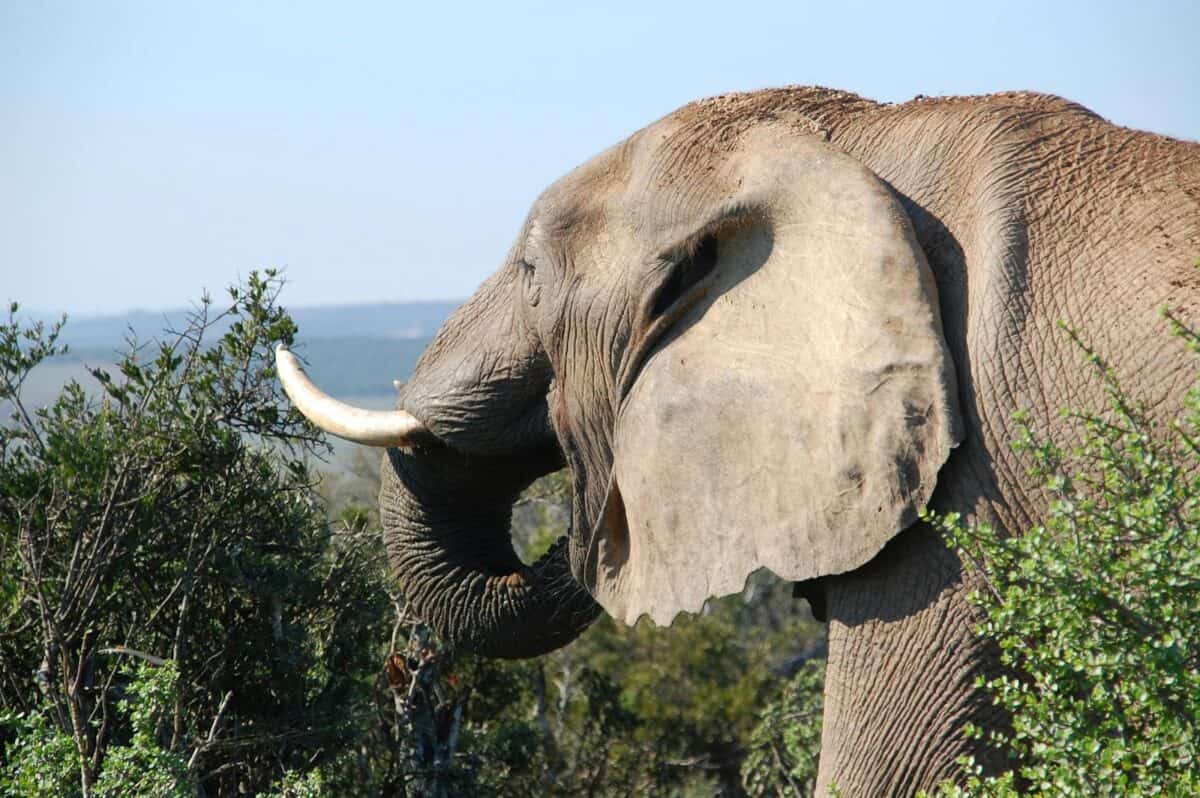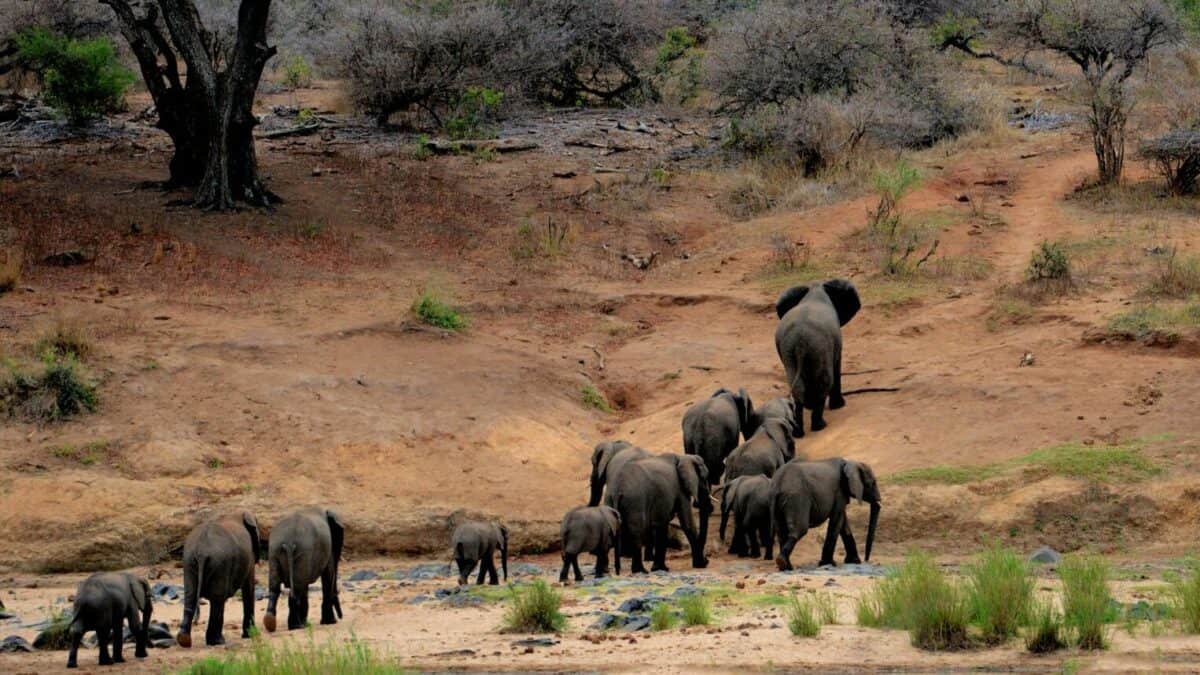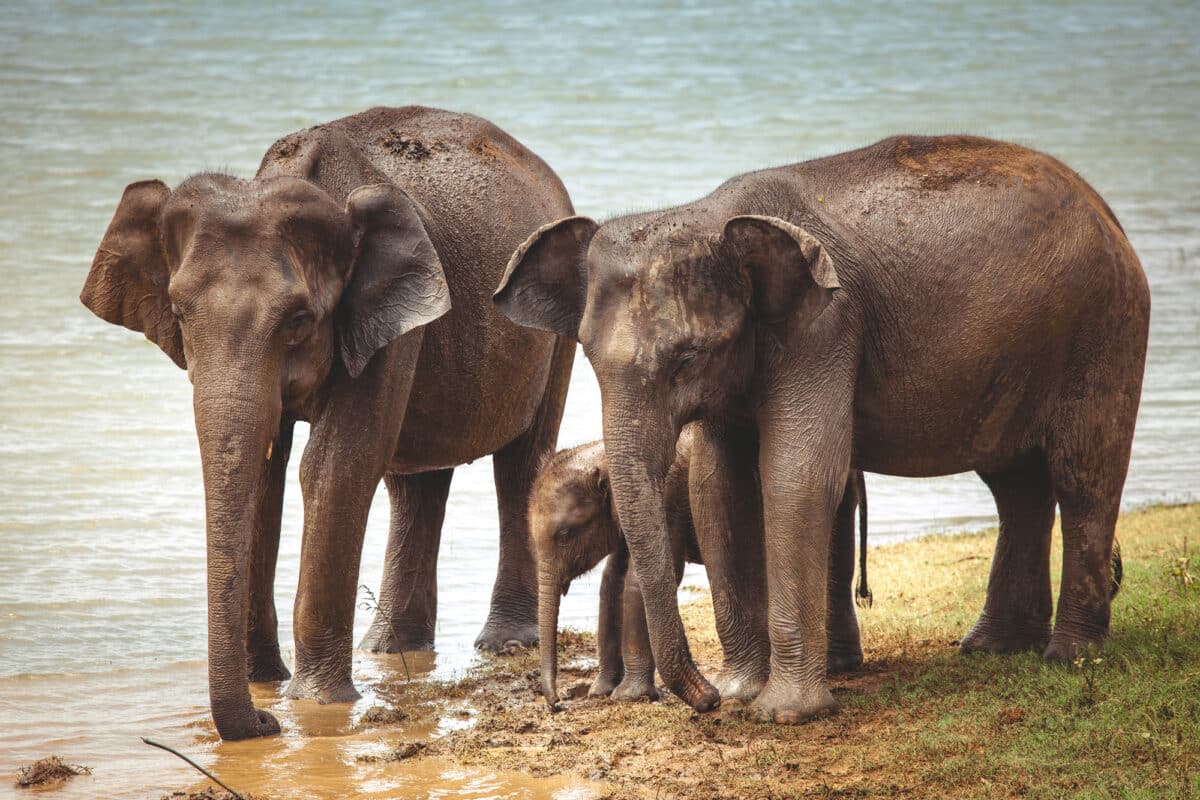In the heart of the African savannah or the dense forests of Asia, an extraordinary scene occasionally unfolds—a group of elephants gathering around the lifeless body of one of their own. This sight, poignant and stirring, raises a fascinating question: Do elephants mourn their dead like humans? The answer, as many researchers and observers have noted, is yes. Elephants exhibit a complex range of behaviors that suggest grief, empathy, and a profound respect for the deceased, offering us a unique glimpse into the emotional lives of these magnificent creatures.
The Intriguing World of Elephant Emotions

Elephants are known for their intelligence, often compared to that of dolphins and primates. This intelligence is not just restricted to problem-solving; it encompasses a wide range of emotional capabilities. Elephants display social bonds, memory, and, notably, emotions such as grief. Their reactions to death suggest a depth of feeling that parallels human mourning rituals.
Understanding Elephant Society

The complex social structure of elephant herds is essential to understanding their mourning behaviors. Female elephants and their young form matriarchal family units, known for their strong bonds. Male elephants, while more solitary after reaching adulthood, also maintain connections with their original family groups. The social nature of elephants lays the foundation for their emotional responses.
What Happens When an Elephant Dies?

When an elephant dies, particularly within a family unit, other elephants often gather around the deceased. They may touch the body with their trunks, exhibit signs of distress, and linger for an extended period. These actions indicate a behavioral pattern that goes beyond mere curiosity, suggesting an emotional processing of loss.
Touching As a Mourning Ritual

The trunk plays a crucial role in the elephant’s exploration and understanding of the world. When mourning, elephants often caress the body of the deceased with their trunks. This behavior is seen as a way of paying respects, similar to how humans might touch or hold the hand of a departed loved one during a funeral.
The Role of Vocalizations in Mourning

Elephants communicate through a complex system of vocalizations, including rumbles, trumpets, and cries. During mourning, elephants have been observed making specific vocalizations that are not commonly used in other contexts. These sounds may play a role in expressing grief and maintaining social cohesion during a time of loss.
Elephant Memories and Grief

Elephants have remarkable memories, which play a part in their grieving process. Research suggests that elephants can remember their deceased kin and associates for years. Instances of elephants recognizing and reacting to the bones of deceased relatives highlight their ability to recall and interact with their memories, a key aspect of human-like mourning.
Empathy and the Elephant’s Emotional Range

Empathy is a critical component of mourning. Elephants exhibit behaviors such as assisting others in distress and showing compassion. These empathetic actions are a testament to their emotional intelligence and suggest a capacity for mourning that resonates deeply with human expressions of grief.
Comparisons to Human Mourning Rituals

Human mourning is characterized by rituals and remembrances, and elephant mourning exhibits parallels. Both species engage in behaviors that honor and remember the deceased, underscoring a shared understanding of loss and memory. These rituals serve to strengthen social bonds amid the disruption caused by loss.
The Science Behind Mourning Behaviors

Scientific studies on elephant mourning behaviors provide insight into the neurological and psychological underpinnings of these actions. Researchers have found that elephant brains possess structures capable of processing complex emotions, aligning with their observed behaviors during stressful situations like the death of a family member.
Conservation Implications of Elephant Mourning

Understanding the mourning behaviors of elephants has important implications for conservation efforts. Recognizing the emotional and social bonds within elephant herds underscores the significance of preserving these groups intact. Disruptions to these social structures, whether through poaching or habitat loss, can have profound effects on the emotional well-being of elephants.
Protecting the Elephant Family Unit

Conservation strategies that focus on protecting entire family units rather than individual elephants take into account the psychological welfare of these animals. Ensuring that elephants can live in stable, undisturbed social structures is essential for their emotional health and survival.
The Human-Elephant Connection

The parallels between human and elephant mourning behaviors highlight a shared emotional landscape. As we deepen our understanding of elephant emotions, we also gain insights into our own humanity. This connection fosters empathy and underscores the importance of conserving these extraordinary creatures for both ecological and moral reasons.
In summary, elephants’ mourning behaviors reveal a profound and poignant side of their complex social and emotional lives. These parallels with human mourning underscore the deep intelligence and empathy found within elephant societies. As we learn more about these gentle giants, it becomes increasingly clear that their survival depends not only on addressing the threats they face but on appreciating the rich emotional lives they lead. By safeguarding these majestic creatures and their families, we honor not only their existence but also the profound emotions that connect us all in the tapestry of life.
- The World’s Most Poisonous Frog Can Kill Ten Men with One Touch - August 21, 2025
- Why Elephants Mourn Their Dead Just Like Humans Do - August 21, 2025
- Where to Watch Wild Horses Run Free in the U.S. - August 21, 2025

